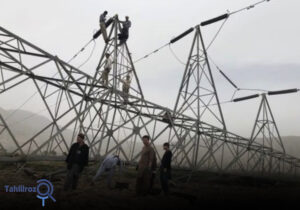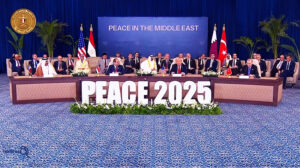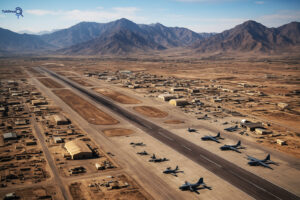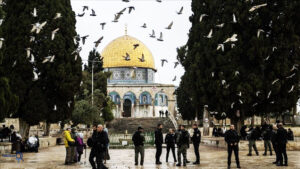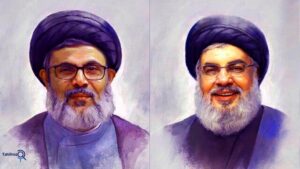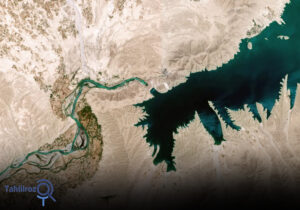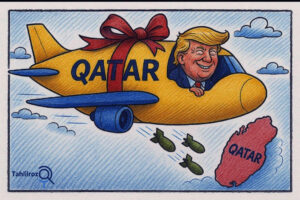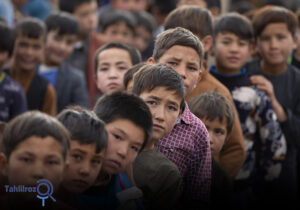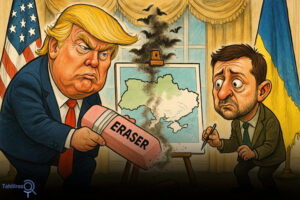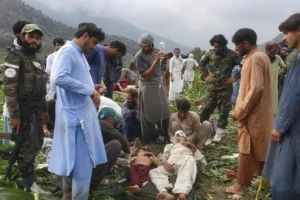Sayyed Hassan Nasrallah, the long-standing leader of Hezbollah, has been a pivotal figure in Lebanese and regional politics for decades. The funeral of such a prominent leader carries immense importance, not only as a moment of mourning for his supporters but also as a manifestation of this great figure’s confrontation with the enemies of the Islamic world.
Sayyed Hassan Nasrallah; A Symbol of Resistance; not a person, but a path and a school
Sayyed Hassan Nasrallah’s leadership has been synonymous with the concept of resistance against perceived external aggression, particularly from Israel and Western influences. His role in the 2006 Lebanon War solidified his status as a national hero among many in Lebanon and the Arab world. His funeral served as a powerful reminder of this narrative, showcasing his commitment to what he termed “the resistance” and galvanizing support for Hezbollah’s ongoing mission.
The presence of thousands of mourners, including various political figures and representatives from allied groups across the region, demonstrated the greatness of this great figure and the political importance of the ceremony. It was a moment for Hezbollah to reaffirm its stance against Israel and its allies, framing Nasrallah’s death as a martyrdom that reinforces the group’s power.
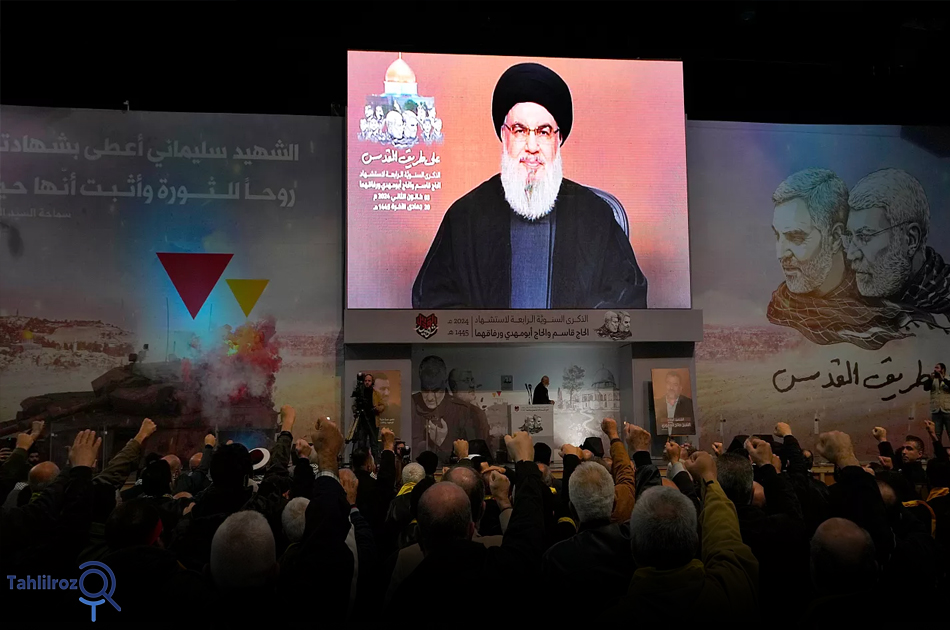
Political Implications
Nasrallah was a central figure in Lebanese politics, navigating complex sectarian dynamics and forming strategic alliances. His martyrdom raised questions about Hezbollah’s future leadership and direction.
This ceremony was more than a religious or political gathering; it carried strategic messages. One of the Zionist regime’s major goals in assassinating Sayyed Hassan Nasrallah and Sayyed Hashem Safi al-Din was to create a leadership vacuum in Hezbollah and weaken its internal cohesion. However, the images broadcast from the ceremony showed that not only was this goal not achieved, but the unity of the resistance axis was strengthened.
Israel’s reaction to this massive gathering was also noteworthy. While the regime’s fighter jets flew over the ceremony twice at low altitude, breaking the sound barrier, this action, instead of causing fear, provoked a strong reaction from the participants and intensified the anti-Israeli slogans of the crowd.
Also, television messages from resistance leaders, especially Sheikh Naim Qassem, the new Secretary General of Hezbollah, showed that everyone emphasized unity and continuing the path of resistance.
Sheikh Naim Qassem announced in his speech that Hezbollah was not only not weakened by this loss, but would continue its path of confronting the enemies with greater motivation and effort.
The large number of people present in Beirut and the crowd around the Kamil Shamoun Stadium, which was the main focus of the ceremony, created scenes that regional and international observers compared to the funeral of General Qassem Soleimani.
From the evening before the ceremony and from the early hours of the morning, the streets leading to the ceremony were filled with people holding the flags of Hezbollah, Palestine, and even some resistance groups from Iraq and Yemen, demonstrating that the concept of resistance goes beyond the borders of a group or country.
The slogans of “Labbayk ya Nasrallah” and “Death to Israel” while filling the atmosphere of Beirut with the holy anger of the crowd present at the ceremony, demonstrated the sense of unity and solidarity of the resistance axis.
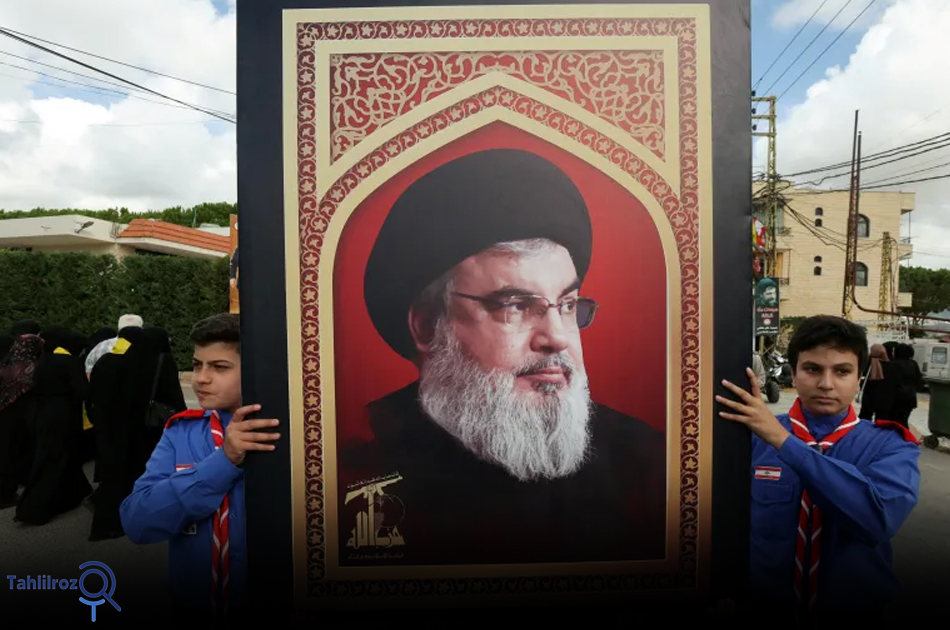
A Moment of Unity or Division?
In addition to its political ramifications, Sayyed Hassan Nasrallah’s funeral was a moment for communal reflection within Lebanon. The magnificent and unprecedented ceremony held in Lebanon showed that Hezbollah, despite the loss of two of its most prominent leaders, still enjoys widespread popular support. Also, regional support for this group is a sign of Hezbollah’s continued role in the political and security equations of the West Asian region.
Given recent developments, it is expected that in the coming months, the power equations in Lebanon and the region will undergo changes in which Hezbollah’s role will be decisive. The enemies of the resistance have understood well that the assassination of Hezbollah’s leaders will not only not create a disruption in this front, but will further strengthen its cohesion.
Conclusion
The funeral ceremony for the bodies of Hezbollah martyrs was not just a mourning ceremony, but a symbol of the strength and cohesion of the resistance and a brighter future for this front. This event not only indicated the strengthening of Hezbollah’s position in Lebanon, but also sent a strong signal to all enemies and supporters of the resistance that Hezbollah will continue to play a role as a major player in regional and global equations.
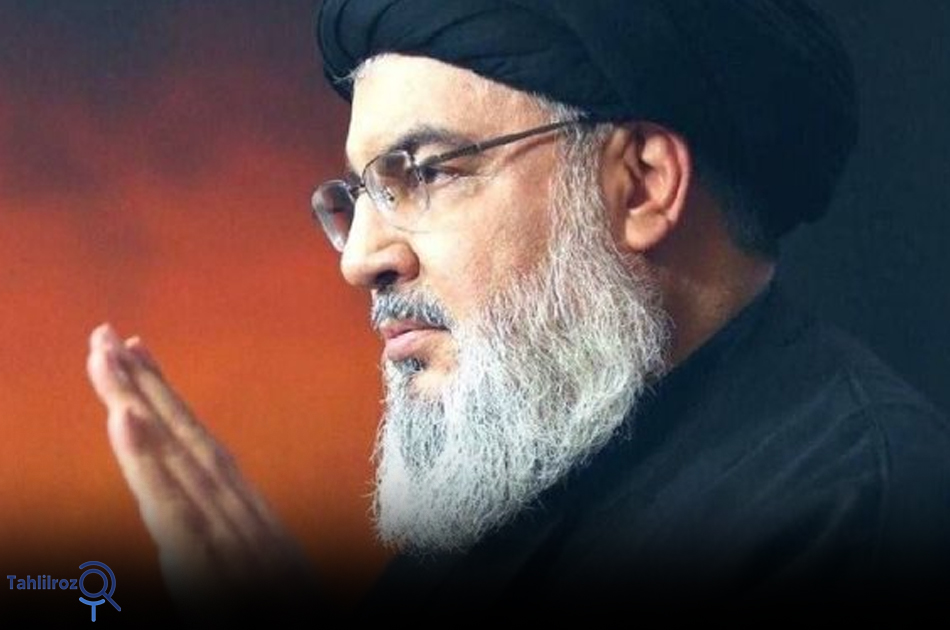
Mohsen Shahrafiee

